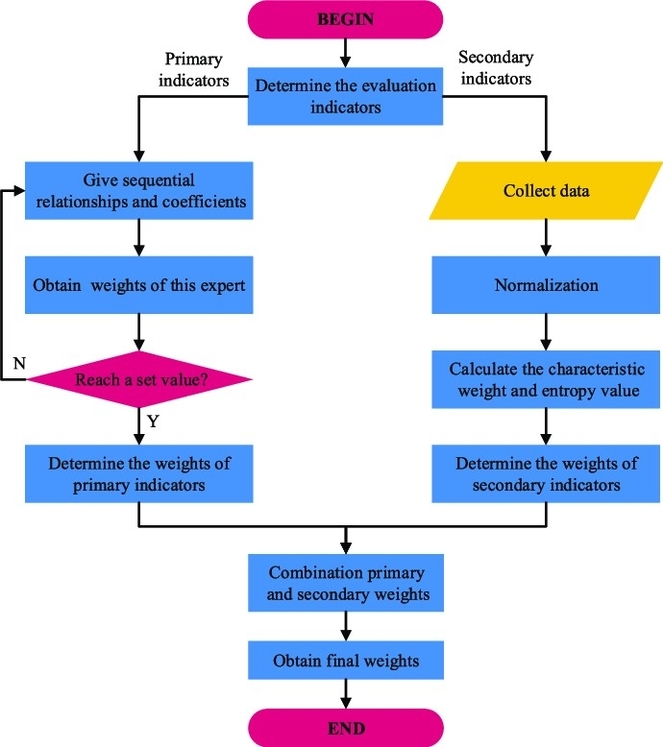
Enterprise Architecture 67 is a hypothetical course that teaches the principles and practices of enterprise architecture, a discipline that helps organizations design and implement IT systems that align with their business goals and strategies. Enterprise architecture covers various domains, such as business, information, application, technology, and security, and provides a holistic and coherent view of the enterprise’s current and desired states.
The course objectives are to:
– Explain the concepts, benefits, and challenges of enterprise architecture
– Apply the TOGAF® standard, a widely used framework for enterprise architecture, to develop and use an enterprise architecture
– Analyze the enterprise architecture of the Government of Canada, a complex and evolving organization that aims to deliver digital services to citizens
– Design and evaluate enterprise architecture solutions for various scenarios and requirements
– Communicate and collaborate effectively with stakeholders and peers in the enterprise architecture domain
The course outline is as follows:
– Introduction to enterprise architecture: definition, scope, purpose, and value proposition of enterprise architecture; key concepts and terminology; enterprise architecture vs. solution architecture; enterprise architecture maturity models and assessment methods
– TOGAF® standard overview: history, structure, and components of the TOGAF® standard; Architecture Development Method (ADM), a multi-phase, iterative approach to develop and use an enterprise architecture; Architecture Content Framework, a set of deliverables and artifacts that describe the enterprise architecture; Architecture Capability Framework, a set of processes and roles that enable the enterprise architecture function
– Government of Canada enterprise architecture: context, drivers, and challenges of the Government of Canada digital transformation; Policy on Service and Digital, a policy that guides the delivery of digital services and the management of digital assets; Service and Digital Target Enterprise Architecture, a model that defines the digital enablement of GC services based on reusable components and APIs; GC enterprise architecture framework, a set of criteria and standards that ensure the alignment and coherence of enterprise architectures across domains
– Enterprise architecture scenarios and solutions: case studies and exercises that illustrate the application of enterprise architecture principles and practices to various situations and problems; use of enterprise architecture tools and techniques, such as modeling languages, patterns, reference architectures, and repositories; evaluation and selection of enterprise architecture alternatives based on criteria and trade-offs; documentation and presentation of enterprise architecture outcomes and recommendations
– Enterprise architecture communication and collaboration: best practices and methods for engaging and influencing stakeholders and decision-makers in the enterprise architecture domain; use of storytelling, visualization, and simplification techniques to communicate complex and abstract concepts; use of open and collaborative approaches to share and reuse enterprise architecture knowledge and assets; ethical and professional considerations in the enterprise architecture practice
The course is designed for students who have a basic understanding of IT systems and business processes, and who are interested in
